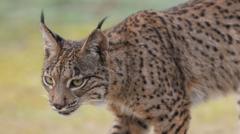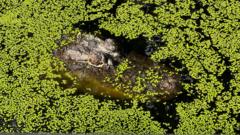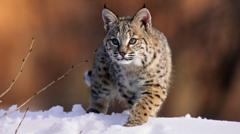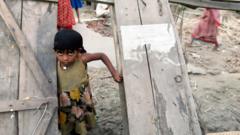The H5N1 bird flu virus has wreaked havoc on bird populations, raising alarm about potential human infection.
Bird Flu Devastation: The Impact on Avian Species

Bird Flu Devastation: The Impact on Avian Species
Emerging H5N1 Virus Poses Growing Threat to Wildlife
Every spring, a remarkable spectacle unfolds as over 200,000 northern gannets—sleek seabirds characterized by their brilliant white plumage—flock to the shores of eastern Canada. These birds nest in vast colonies on cliffs and rocky shorelines before returning south for the winter.
However, in May 2022, a tragic turn of events began to unfold. Just as many female gannets were preparing to lay their eggs, large numbers of them started to wash ashore, lifeless. Stephanie Avery-Gomm, a seabird biologist and research scientist at Environment and Climate Change Canada, described the scene: “Thousands of northern gannets started to wash up on our shores.” The alarming cause was identified as the highly pathogenic H5N1 bird flu virus, which had recently invaded North America.
As time passed, the situation escalated, and the virus swept across the region, resulting in the death of tens of thousands of northern gannets. Dr. Avery-Gomm characterized the destruction as “devastating,” acknowledging the emotional toll such widespread mortality exacts on researchers.
With the emergence of a new variant of H5N1 in 2020, scientists have voiced concerns about the potential for the virus to spark a pandemic among humans. Yet, for many wild bird species, the outbreak is far from theoretical; it is a current and brutal reality. The H5N1 virus has considerably impacted avian populations worldwide, with staggering mortality rates including an estimated 24,000 Cape cormorants lost in South Africa and over 57,000 pelicans found dead in Peru.
Johanna Harvey, an avian disease ecologist at the University of Maryland, stated, “The scale of the mortalities is truly unprecedented. There’s nothing comparable historically.” With the unprecedented scale of avian deaths, the ecological ramifications and the larger implications for biodiversity and public health remain significant concerns on the horizon.





















